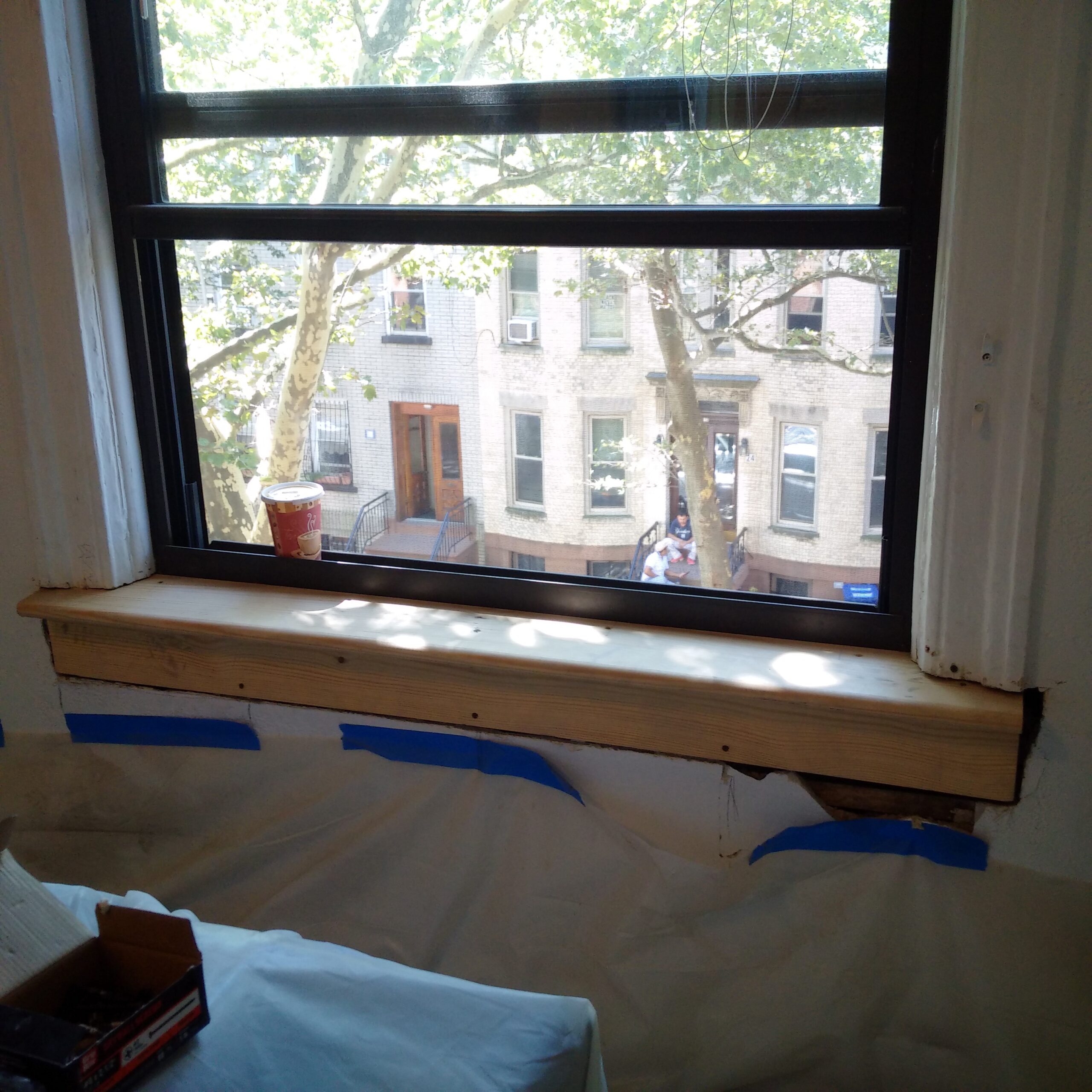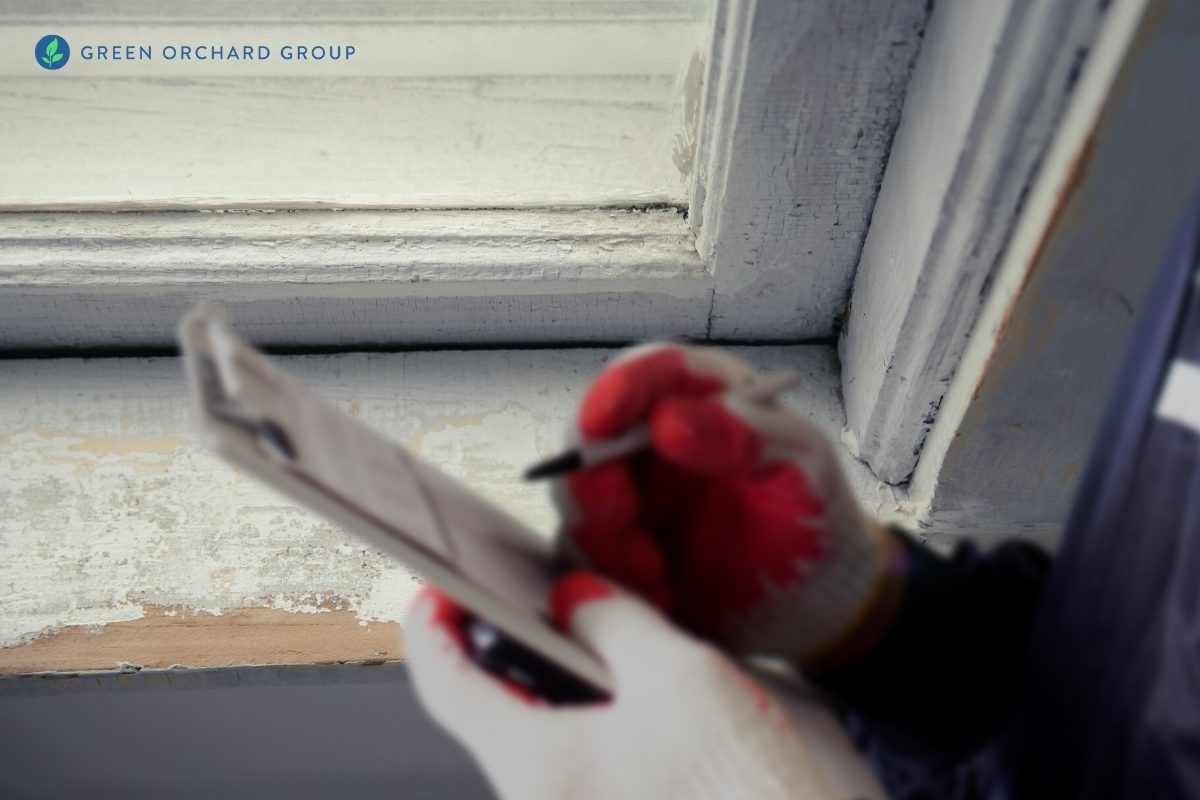NYC Lead Removal Contractors-- Obtain Safe and Efficient Providers
NYC Lead Removal Contractors-- Obtain Safe and Efficient Providers
Blog Article
Step-by-Step Process for Effective Lead Violation Remediation
Following this, adherence to government and state policies is vital to formulating an effective remediation strategy. The real remediation needs proficient employees to execute these strategies while purely following security methods. What happens after the removal is finished?

Discovery and Assessment
Discovery and analysis are important steps in the removal of lead infractions. To guarantee an effective removal procedure, it is essential to carry out a thorough evaluation of the setting where prospective lead exposure exists.
Once detection is achieved, a detailed assessment must be undertaken. This consists of reviewing the degree and severity of contamination, in addition to determining populaces in danger, especially children and expectant females. Danger assessments commonly involve tasting and research laboratory evaluation, ecological studies, and wellness impact researches. The collected information ought to be carefully documented to support the development of an efficient removal technique (Lead Violation Removal in NYC).
Furthermore, it is essential to focus on locations with the highest degree of contamination and those that posture the best health and wellness dangers. Reliable communication with stakeholders, including homeowner, citizens, and public wellness officials, is important for ensuring that all parties are informed about the searchings for and the succeeding actions required for removal. This first discovery and analysis stage lays the groundwork for a successful lead offense removal process.

Legal and Governing Conformity
Browsing the landscape of lawful and regulative conformity is an essential facet of effective lead infraction removal. Conformity guarantees not just the safety and security of affected populations yet also the trustworthiness and lawful standing of the company liable for removal. Rules governing lead contamination are multifaceted, encompassing government, state, and neighborhood laws. At the federal level, the Environmental Security Firm (EPA) sets rigid standards under the Harmful Compounds Control Act (TSCA) and the Lead-Based Paint Restoration, Fixing, and Paint Policy (RRP Policy)
State and local guidelines can differ, commonly imposing added responsibilities or even more stringent requirements. A comprehensive understanding of all appropriate legal structures is critical. This involves meticulous documentation of all remediation tasks to demonstrate conformity. Failure to stick to these policies can cause severe charges, including substantial penalties, lawsuit, and reputational damage.
Engaging lawful professionals concentrated on environmental regulation can promote browsing these complexities. Regular training and accreditation for all personnel associated with the removal procedure are also mandatory to make certain adherence to safety and security and regulative standards. By prioritizing legal and regulative compliance, companies can properly alleviate dangers and achieve an effective removal end result.
Planning the Removal
Effectively intending the removal of lead infractions starts with an extensive evaluation of the polluted website. This data-driven strategy makes sure that remediation initiatives are suitably targeted and reliable.
When the contamination is mapped, a danger assessment ought to be carried out to assess possible health and wellness threats to humans and the setting. Lead Violation Removal in NYC. This assessment ought to consider see this elements such as direct exposure pathways, populace vulnerability, and ecological influences. The insights collected will form the basis for selecting a proper remediation method
Consequently, establishing clear, attainable objectives for the removal job is critical. These objectives should align with regulatory standards and stakeholder assumptions to make certain conformity and area acceptance. Establishing a thorough removal plan that outlines techniques, timelines, and source allotment will certainly facilitate a structured strategy to the cleanup procedure.
Furthermore, it is crucial to involve with stakeholders early and maintain clear communication throughout the planning phase. This consists of educating local areas, acquiring necessary permits, and coordinating with regulatory companies to guarantee all legal and procedural demands are met. A well-crafted removal strategy not only attends to the contamination properly yet also develops count on and teamwork amongst all events involved.
Performing the Removal
With a well-structured removal strategy in position, the focus moves to the real implementation of the remediation tasks. This stage entails mobilizing the required sources, consisting of experienced personnel, specific devices, and premium materials. Begin by clearly defining functions and responsibilities to ensure liability and smooth sychronisation amongst staff member.
This consists of establishing up control locations to prevent lead dust and debris from dispersing, as well as using air purification systems to maintain air quality. Use approaches such as wet scraping, chemical stripping, or encapsulation, depending on the seriousness and location of the contamination.
Throughout the removal procedure, conduct regular inspections and air quality keeping track of to make sure conformity with regulatory requirements. Effective communication with stakeholders, including homeowner and owners, is vital to keep them notified of progress and any type of unforeseen developments. By carefully following these actions, the removal tasks can be executed successfully and effectively, eventually mitigating lead hazards.
Post-Remediation Strategies
Post-remediation methods play a vital function useful source in making certain the long-lasting success of lead offense removal efforts. These approaches include continuous surveillance, maintenance, and area education and learning to avoid future lead direct exposure and ensure a risk-free atmosphere.
First, normal surveillance is necessary. This includes regular testing of the previously affected areas to make sure that lead levels continue to be within secure limits. Property proprietors need to establish a routine for these tests, preferably in partnership with qualified environmental specialists.

Third, enlightening the community plays a crucial function in maintaining the benefits of remediation. Residents and residential or commercial property supervisors need to be educated More Info regarding the threats of lead direct exposure and the very best techniques for maintaining a lead-safe environment. Workshops, educational handouts, and area conferences can be efficient devices for disseminating this info.
Final Thought
Effective lead offense removal calls for an extensive, methodical strategy including detection and assessment of contamination, adherence to lawful and regulative standards, meticulous planning, and reliable implementation of removal efforts. This methodical procedure highlights the significance of thoroughness and alertness in dealing with and reducing lead contamination.
Report this page